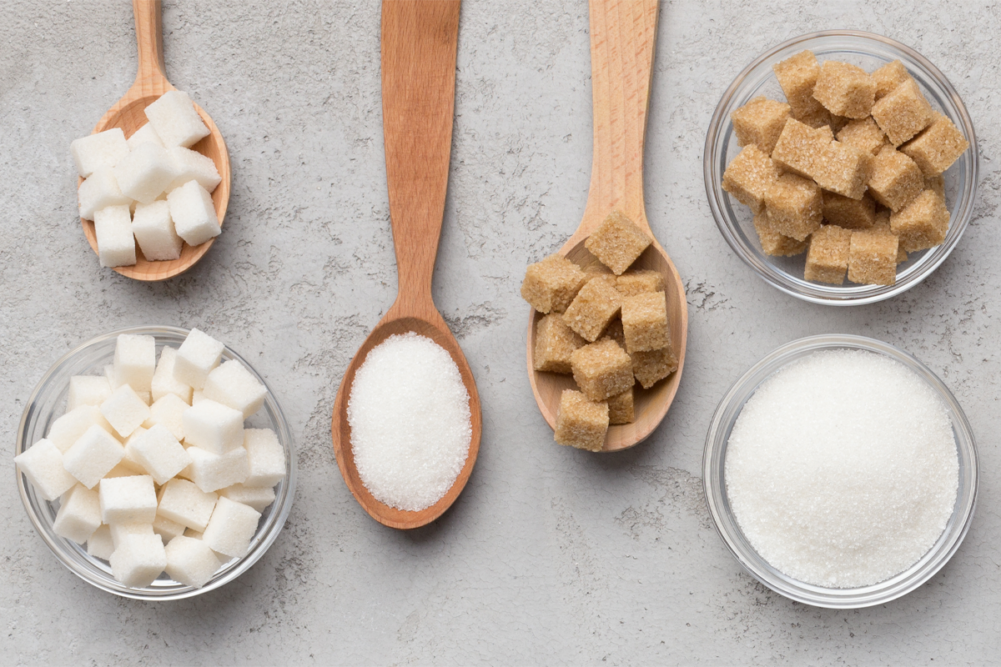KANSAS CITY — Although Russia’s invasion of Ukraine has rocked equity and many commodity markets, the impact on sugar so far has been minimal. But that doesn’t mean the sugar market won’t be affected indirectly as the war continues.
Speakers at the International Sweetener Colloquium Feb. 27-March 2 gave bullish price forecasts for most ingredients used by food manufacturers. Forecasts for 2022-23 sugar prices, while down modestly from current spot prices, still were historically strong and possibly indicated a new price “plateau” for refined sugar values.
Although Ukraine suspended exports of sugar (with several other commodities) last week, it is not a significant sugar trader. The International Sugar Organization in its latest quarterly update estimated Ukraine’s 2021-22 sugar production at 1,450,000 tonnes, consumption at 1,150,000 tonnes, imports at 40,000 tonnes, exports at 3,000 tonnes and ending stocks at 1,342,000 tonnes. Russia’s production was forecast at 5,700,000 tonnes, consumption at 5,780,000 tonnes, imports and exports both at 100,000 tonnes and ending stocks at 1,958,000 tonnes.
In contrast, the United States is expected to import about 2,760,592 tonnes (3,043,000 tons) of sugar in 2021-22 and export 31,752 tonnes (35,000 tons), according to the latest US Department of Agriculture forecast.
The crisis in Ukraine isn’t about sugar or any commodity really. It’s about a nation’s freedom. But on the commodity side, the greatest impact to date has been on wheat and crude oil prices as the Russia and Ukraine combined supply about 29% of the global wheat market, and Russia is the second largest exporter of crude oil after Saudi Arabia.
Fourteen-year highs in crude oil prices are expected to be one of the indirect impacts on sugar values. As energy prices rise, demand for sugar-based ethanol (mainly in Brazil) could increase and leave less sugar for export. Brazil, the world’s largest sugar producer and exporter, uses about 55% of its cane production to make ethanol and about 45% for sugar, most of which is exported. Brazil’s state-run energy company Petrobras had resisted raising fuel prices until March 10 when it announced a 19% increase in gasoline and a 25% increase in diesel fuel prices. New York world raw sugar futures moved higher in response to the news.
The “energy effect” also could impact US corn and soybean prices as about 35% of US corn is used to make ethanol and over 40% of US soybean oil is used for biodiesel or renewable diesel.
But US sugar users also have other concerns. The largest user of sugar in the United States is the baking sector, taking about 23% of annual deliveries (followed closely by wholesale grocers, jobbers and dealers at about 22%), according to USDA data. The third largest using sector is retail grocers at 13%.
The baking sector currently is dealing with record, or near record wheat prices, which have soared because of the Russia-Ukraine war as those two countries account for about 29% of global exports and those supplies have been disrupted as many Black Sea export terminals are closed.
Another large sugar-using sector, dairy (about 7% of sugar deliveries), is dealing with multi-year highs in many dairy products with little relief expected until the second half of the year.
While the bullish price forecasts for sugar and other key ingredients didn’t necessarily shell-shock attendees at the colloquium, they certainly woke up any who thought or hoped prices would be coming down any time soon. Discussions for 2022-23 sugar coverage were active on the sidelines of the colloquium. For many, sugar isn’t the ingredient used in the largest quantity, so they may want to lock in those prices even if not to their liking so they can focus on more volatile ingredients like flour, edible oils (soybean oil futures recently set record highs), dairy and others.
The USDA in its March 9 World Agricultural Supply and Demand Estimates report tightened from February its forecast of 2021-22 sugar supplies by lowering production slightly and boosting deliveries for human use. At least one beet sugar processor raised its spot sugar price offers and indicated an increase in 2022-23 prices may occur shortly.
At its recent Agricultural Outlook Forum the USDA forecast US sugar output in 2022-23 (from the beet crop still to be planted and harvested and the cane crop to be harvested mostly in 2022) at 9,212,000 tons, down 2.4% from record-high output of 9,384,000 tons in 2021-22. That would suggest further tightening of supplies in 2022-23, although import levels are adjusted by the government to maintain an adequate sugar supply, even if prices are higher than users hoped to see.





